UPEI road show brings climate science from the lab to communities affected by coastal erosion
“We’ll talk about anything they want to talk about, as long as we have something educated to say about it.”
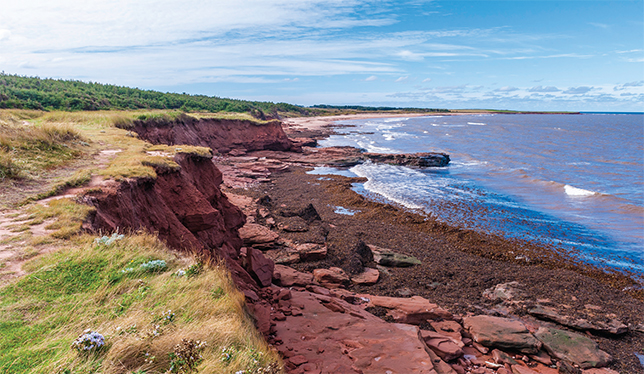
The Eagle Nest, a small pub in North Rustico, Prince Edward Island, is usually home to local musicians, but it recently drew a big audience for an entirely different kind of show. “Our Incredible Shrinking Island” is a travelling presentation by the University of Prince Edward Island Climate Lab on sea-level rise, coastal erosion and their potential effects on the island province.
The lab, which undertakes research on climate change vulnerability, impacts and adaptation, did a similar series of presentations four years ago, but had a strong incentive to visit communities again this year.
“For the last 30 years, we’ve been planning for one metre of sea-level rise,” says Adam Fenech, the lab’s director. “When I first went around with my CLIVE tool, I was showing them a one-metre rise. You can see that with one metre, most of the time, you don’t need to worry. The new science says it could be as much as three times that.”
The star of the show is CLIVE (Coastal Impacts Visualization Environment), a visualization tool developed by the UPEI Climate Lab and Simon Fraser University’s Spatial Interface Research Lab to show the impact of future coastal erosion, sea-level rise and storm surges. Using a game controller, users can fly over a 3D representation of PEI and zoom in on their home or community. They then select different erosion and sea-level rise scenarios to see how they will affect the land.
“We always have long lineups of people who want to look at their property to see how it’s being impacted,” says Dr. Fenech. For parts of PEI, that impact can be substantial. He says that a three-metre rise could mean PEI becomes three or four islands.
“My main message is don’t build so darn close to the shore,” says Dr. Fenech, but he notes that discussion often extends to other concerns, such as the effects of climate change on agriculture, road infrastructure and the island’s sand dunes. “We’ll talk about anything they want to talk about, as long as we have something educated to say about it.”
Feedback has been overwhelmingly positive, says Dr. Fenech. The lab team originally planned to visit eight communities by the end of the summer, but two others have already requested the presentation.
Featured Jobs
- Veterinary Medicine - Faculty Position (Large Animal Internal Medicine) University of Saskatchewan
- Business – Lecturer or Assistant Professor, 2-year term (Strategic Management) McMaster University
- Canada Excellence Research Chair in Computational Social Science, AI, and Democracy (Associate or Full Professor)McGill University
- Psychology - Assistant Professor (Speech-Language Pathology)University of Victoria




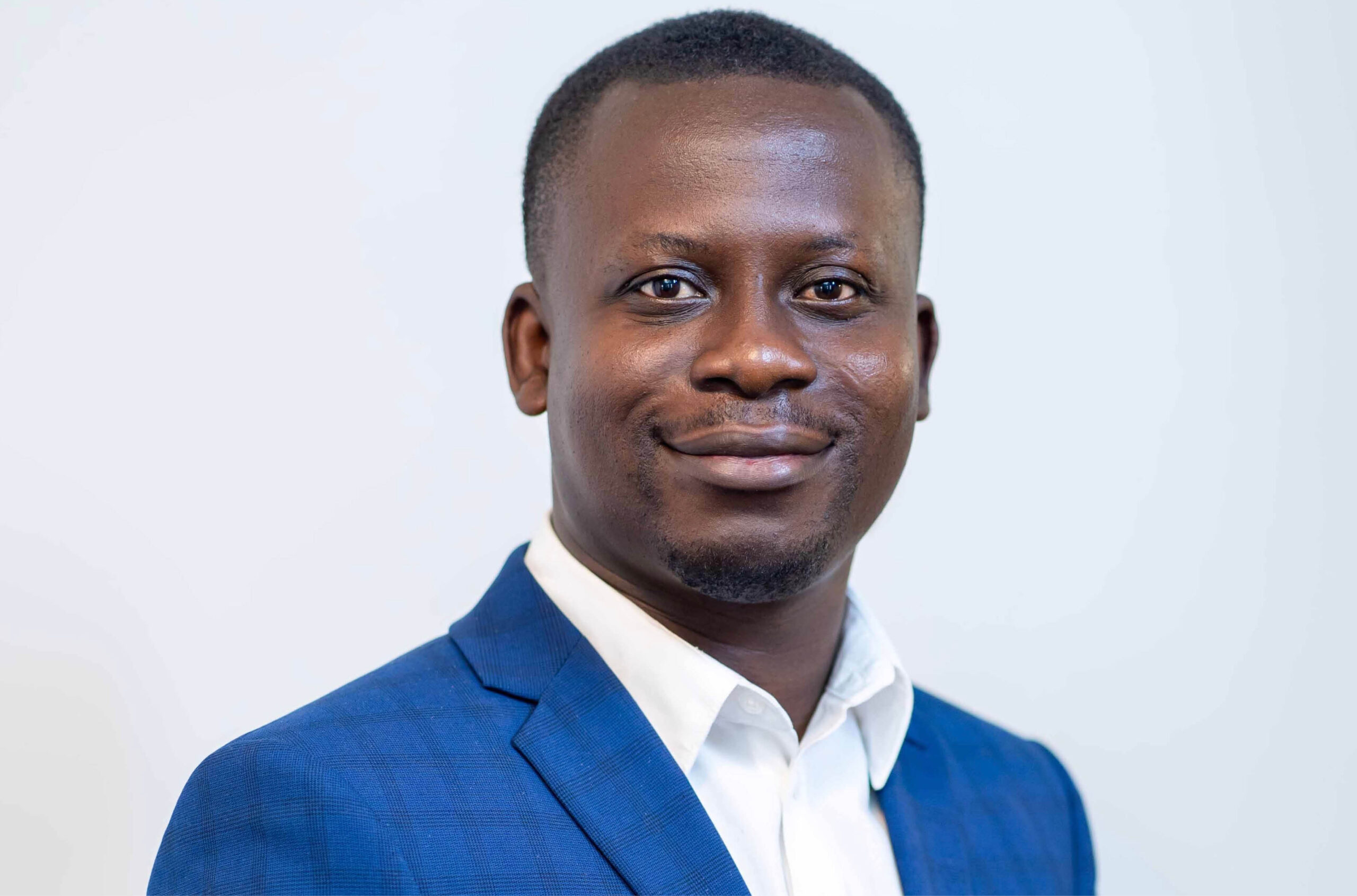
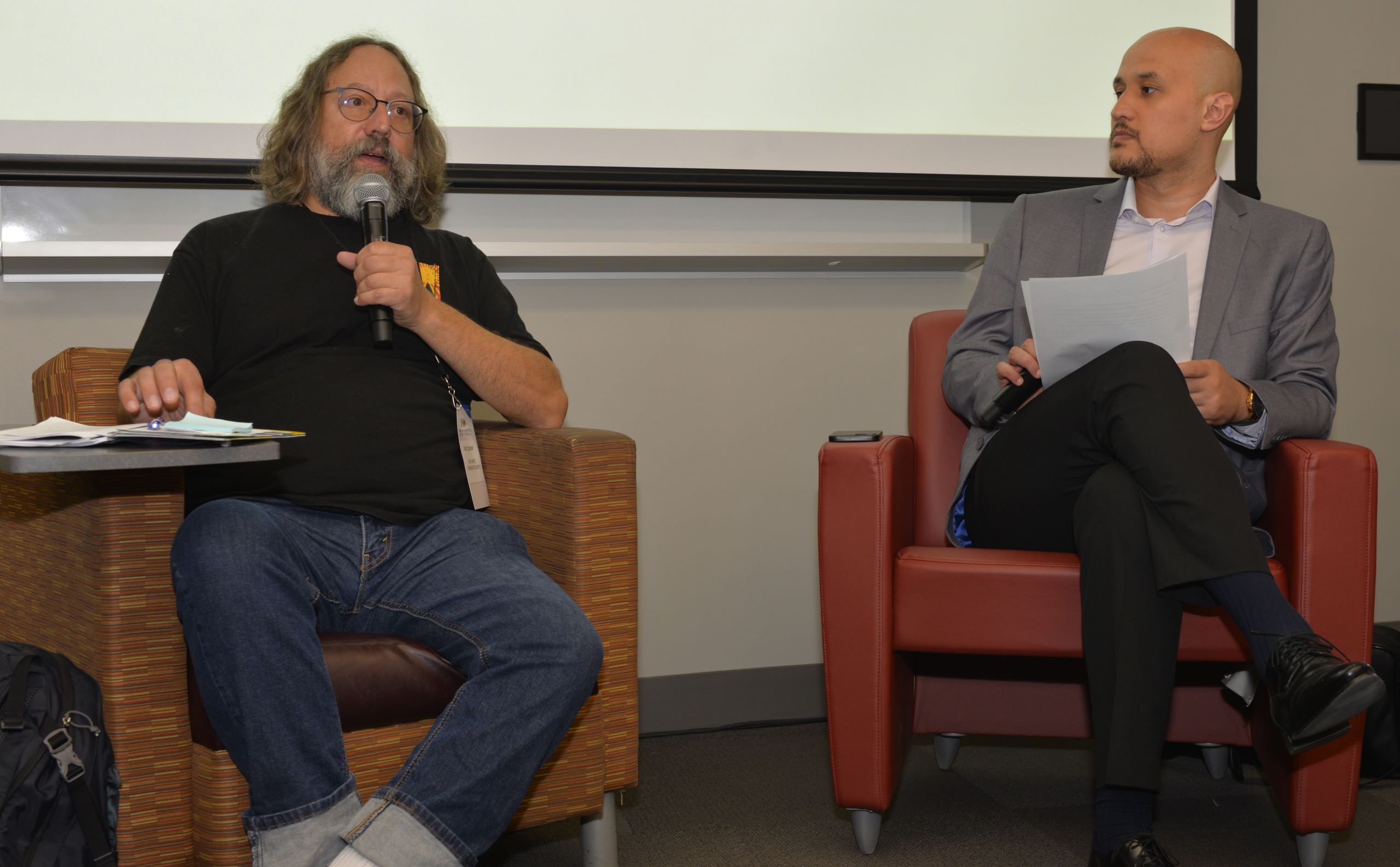
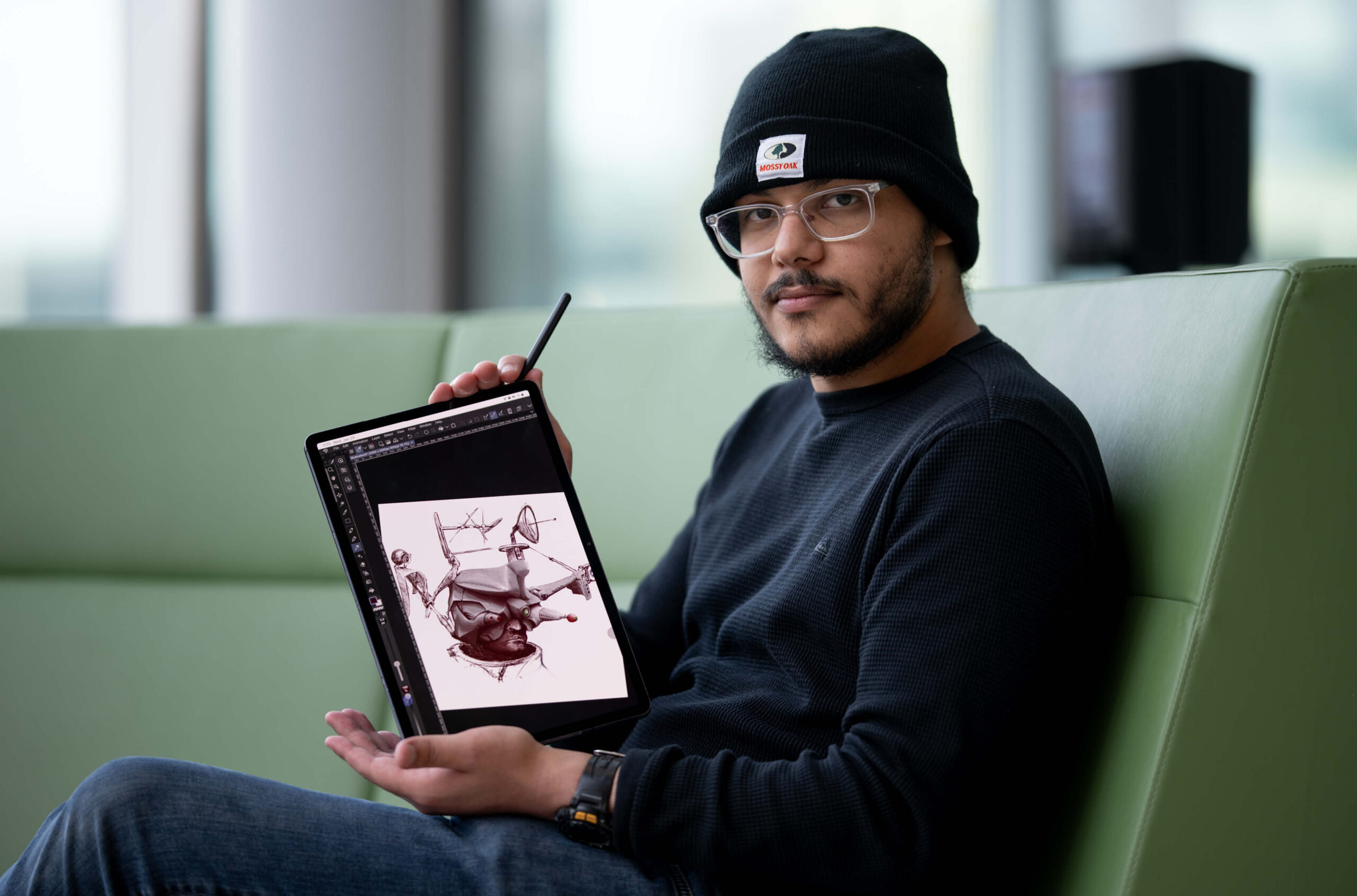


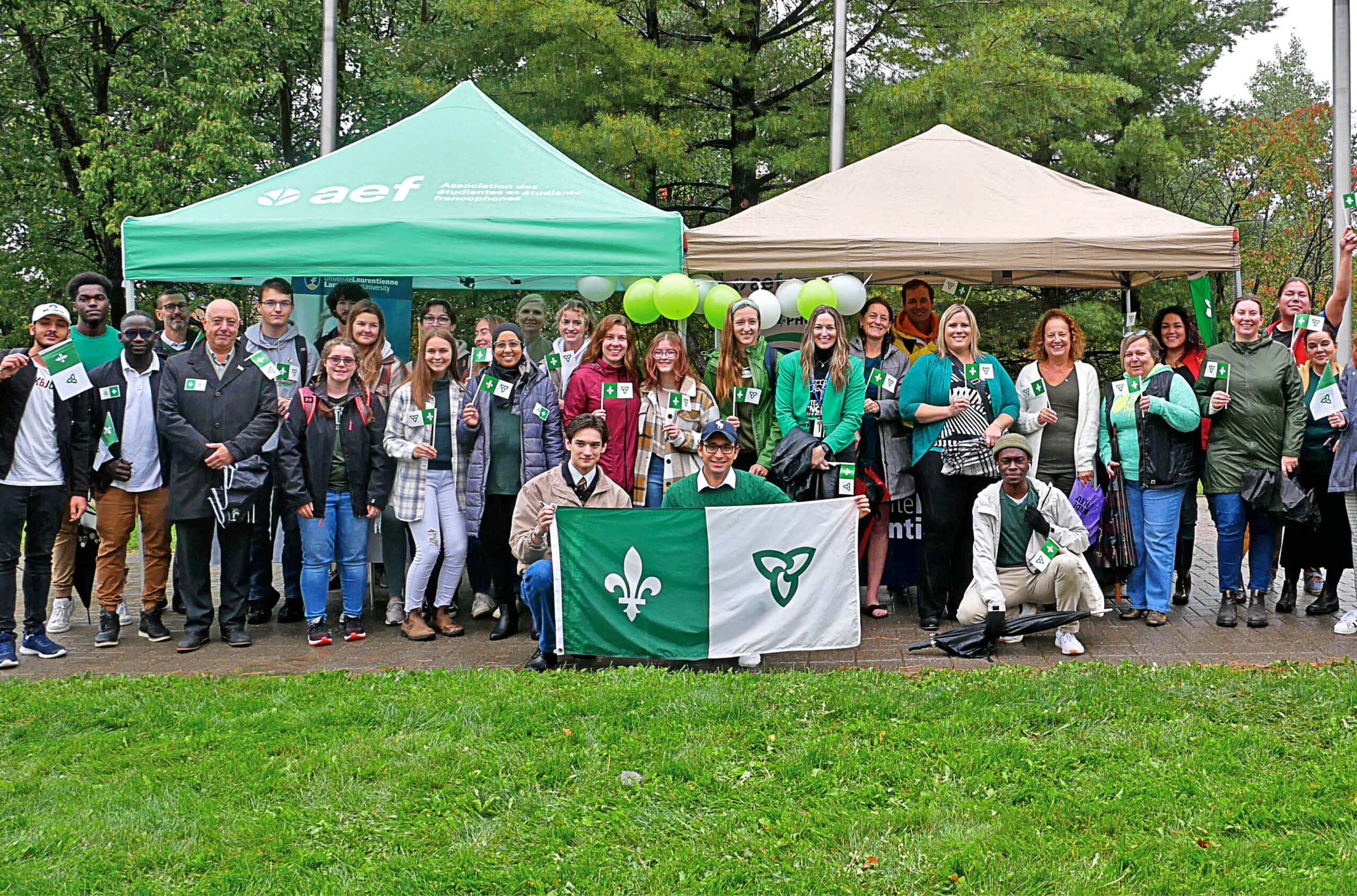

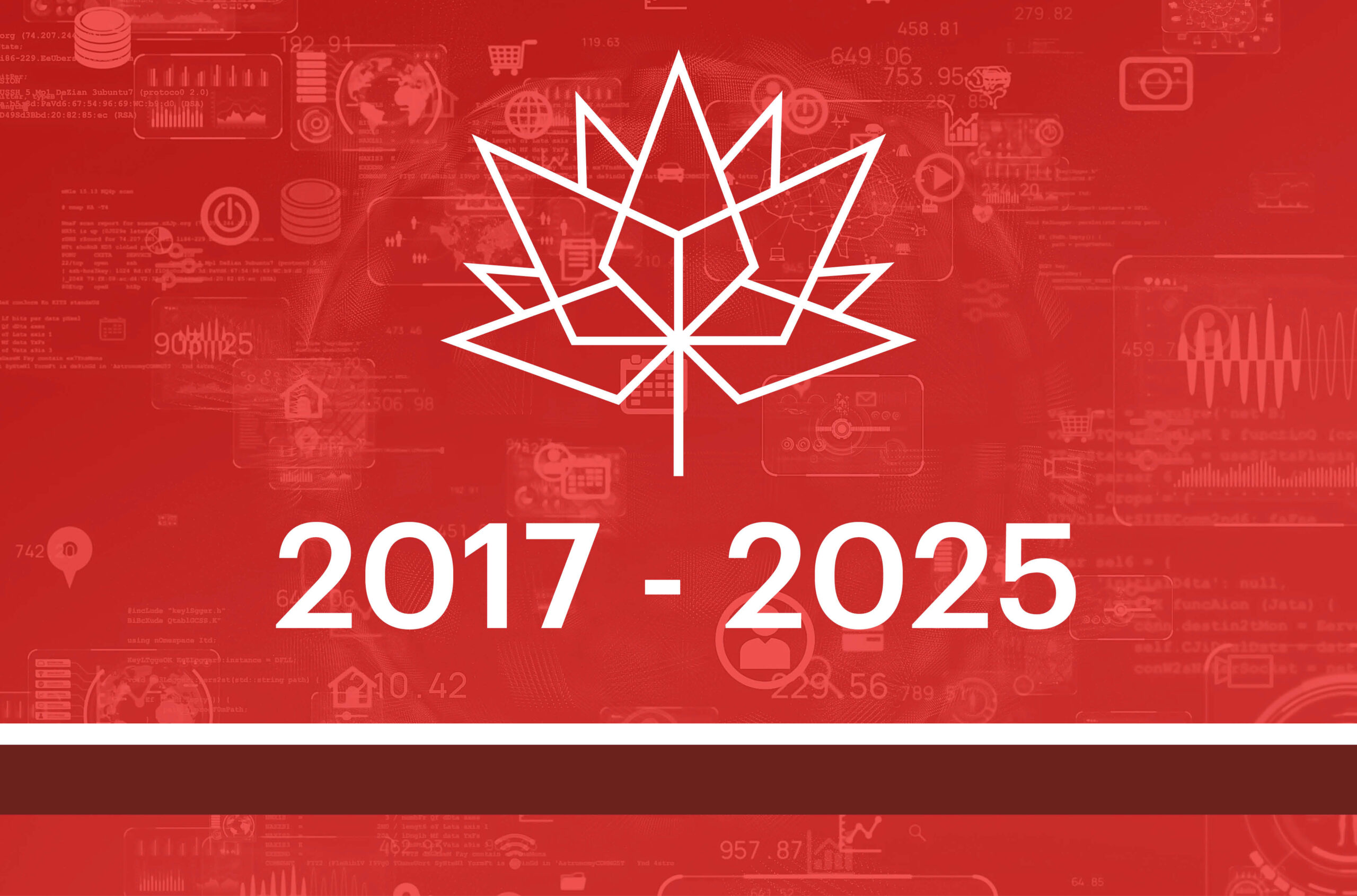


Post a comment
University Affairs moderates all comments according to the following guidelines. If approved, comments generally appear within one business day. We may republish particularly insightful remarks in our print edition or elsewhere.